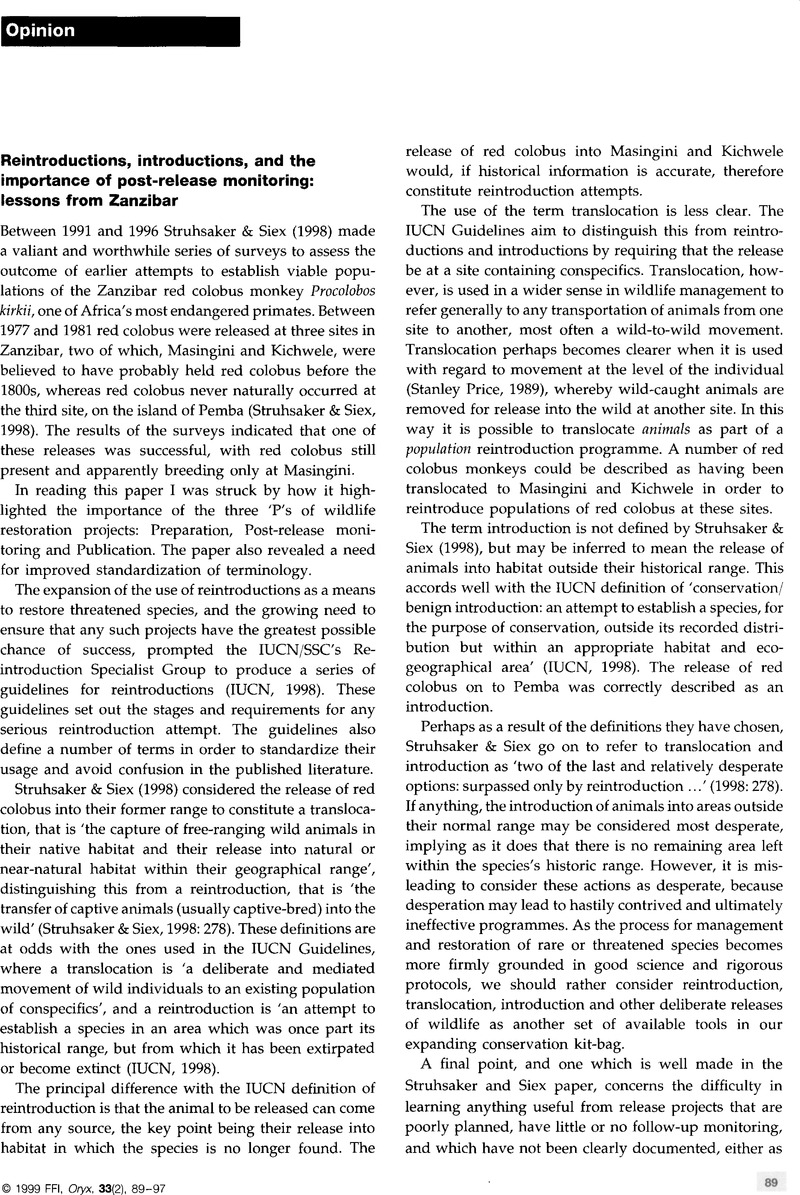Crossref Citations
This article has been cited by the following publications. This list is generated based on data provided by Crossref.
Pottie, Sam
Bello, Raul
and
Donati, Giuseppe
2021.
Factors influencing establishment success in reintroduced black-faced spider monkeys Ateles chamek.
Primates,
Vol. 62,
Issue. 6,
p.
1031.



